Occupation Architect, educator Name Jose da | Role Architect | |
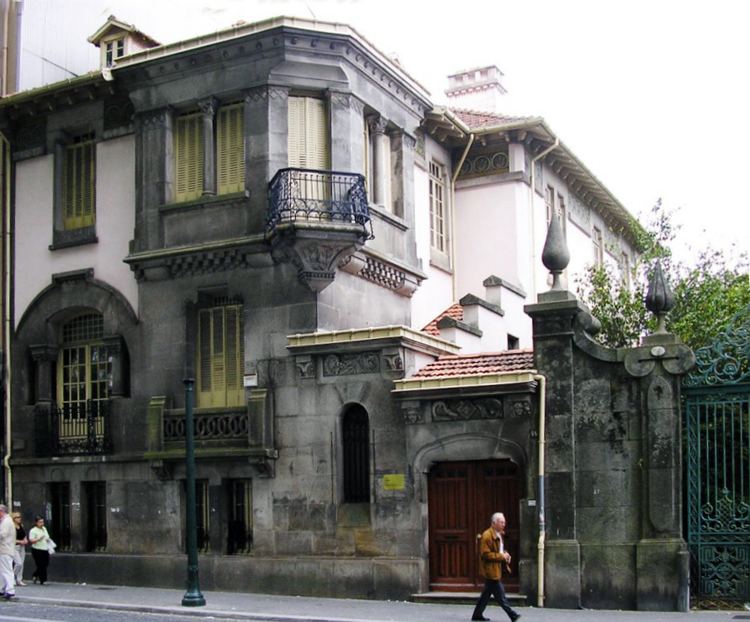 | ||
Structures Sao Bento railway station, Casa de Serralves, Liceu Rodrigues de Freitas, Liceu Alexandre Herculano | ||
Arquitecto jose marques da silva
José Marques da Silva (18 October 1869 – 6 June 1947) was a Portuguese architect.
Contents
- Arquitecto jose marques da silva
- Arquitetura do porto fomentada pela funda o instituto arquitecto jos marques da silva
- Training
- Architectural practice
- Teaching
- Legacy
- List of completed works
- References
Arquitetura do porto fomentada pela funda o instituto arquitecto jos marques da silva
Training
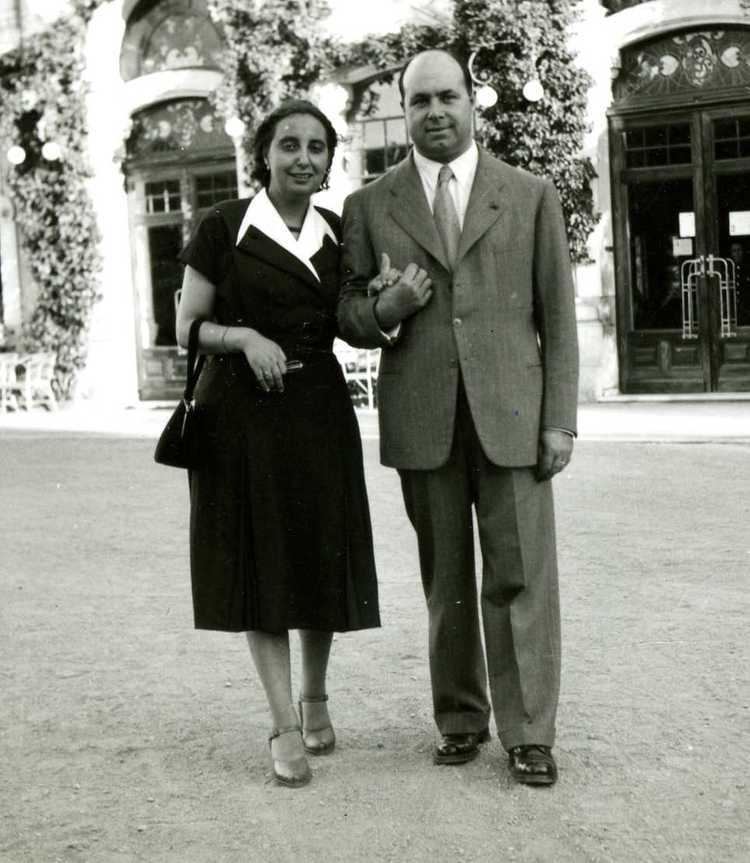
José Marques da Silva was born at 113 Rua de Costa Cabral, in Porto, on 18 October 1869. His architectural training began at the Porto Academy of Fine Arts, where his teachers were, among others, António Geraldes da Silva Sardinha, João Marques de Oliveira and António Soares dos Reis. In 1889 he left for Paris in order to enter the École nationale supérieure des Beaux-Arts, and remained in the city until he received the French Government degree of Graduate Architect on 10 December 1896.

During his time in Paris, Marques da Silva did the majority of his academic work in a free atelier external to the School under the direction of Victor Laloux, resulting in some notable architectural drawings. At the time this atelier was attended by an international community of architecture students, featuring names such as Charles Lemaresquier, future successor of Victor Laloux, Paul Norman, who would win the Grand Prix of 1891, Charles Butler, the atelier's first American graduate, in 1897, and even his fellow-countryman Miguel Ventura Terra. Dating from this period, the Architect José Marques da Silva Foundation Institute holds a unique set of documents consisting of 67 architectural drawings, an important and enlightening record of fin-de-siecle architectural practices within the Beaux-Arts tradition.
Architectural practice

Marques da Silva returned to Portugal in 1896, and his intense professional activities quickly earned him public recognition. At the Paris Universal Exposition of 1900 he received the silver medal and at the Rio de Janeiro Exposition of 1908 he was awarded the gold medal. In 1908 he was awarded the Official Degree of the Santiago [St James] Order of Merit for Science, Literature and Art. With designs such as the São Bento Railway Station (1896), the São João National Theatre (1910), the Four Seasons Building (1905), the Alexandre Herculano High School (1914) and the Rodrigues de Freitas High School (1919), the Nascimento Department Store (1914), the Casa de Serralves (1925–1943) and the Monument to the Heroes of the Peninsular War (1909), he shaped the face of the city of Porto, but his activities also extended to other areas in the north of the country, in particular Guimarães, a city for which he would design several important buildings such as the headquarters of the Martins Sarmento Society, the Market Hall and the Penha Sanctuary. His work, at a moment of change in construction practices, combined the values of the Beaux-Arts tradition with the elements of reason, resulting in practical designs adapted to the mechanics of modern life, with his own individual way of understanding the building of the city.
Teaching
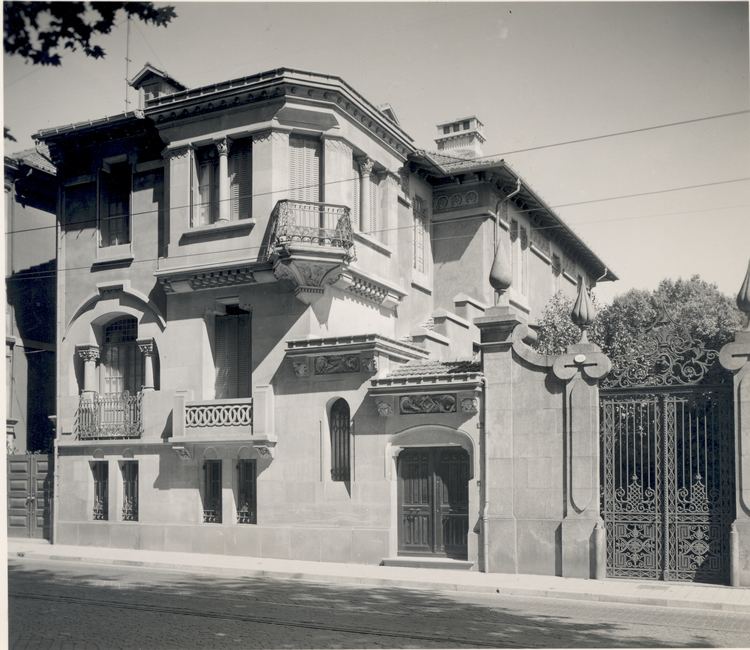
Marques da Silva's teaching activities began in 1900, as Professor of Drawing and Modelling in the Porto Industrial and Commercial Institute. In 1906 he was appointed Professor of Architecture at the Porto Academy of Fine Arts, later coming to occupy the post of Director of the (as it was then known) Porto School of Fine Arts (1913–1914; 1918–1939). He was also Director and Professor of the Soares dos Reis School of Applied Art (1914–1930).
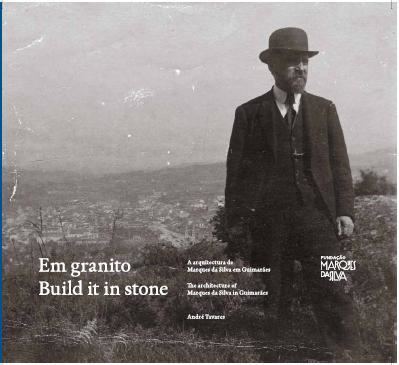
Design, as a central tool of project practice and a basis for the transmission of reliable methodological processes while at the same time being able to respond to the multiple demands of society, was the driving force of his teaching. This strategy earned him the respect of several generations of modern architects who, starting from the academic basis established by Marques da Silva, learned how to reinvent the architectural practice of Porto.
Legacy
Marques da Silva died on 6 June 1947, at his home in the Praça Marquês de Pombal, in Porto. In his many areas of activity, this scholar of the Academies of Fine Arts of Lisbon and Porto, board member of the Society of Fine Arts, and founder member of the Society of Northern Architects, left a lasting legacy in the architectural culture of Porto, in the landscape of the city, in the culture of architectural design, in teaching practices, in a certain way of doing and thinking architecture which was consolidated in Porto during the 20th century.
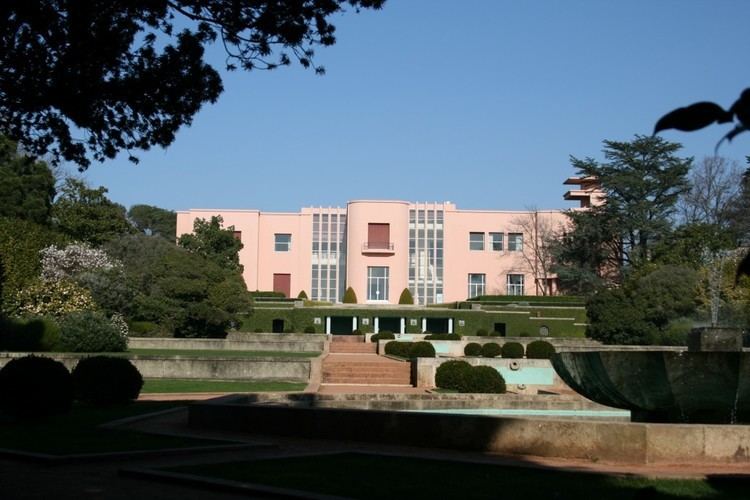
The estate of Marques da Silva was bequeathed to the University of Porto by Maria José Marques da Silva (1914–1994) and David Moreira da Silva (1909–2002), his daughter and son-in-law, themselves also architects, through the creation of the Marques da Silva Institute. In 1996, the University founded the Architect José Marques da Silva Institute, and in July 2009 the decision was made to transform the institute into a private foundation, the Architect José Marques da Silva Foundation Institute (FIMS), whose mission is to promote the scientific, cultural, pedagogical and artistic heritage of the architect José Marques da Silva, in the context of his time and in relation to the modern culture of which he was a precursor. The Foundation, based in the architect's own Residence-Atelier and next to the Lopes Martins family mansion, also occupying a pavilion in the large garden, houses in addition the literary, artistic, architectural and town planning collection of the architects Maria José Marques da Silva Martins and David Moreira da Silva. FIMS coordinates the conservation, evaluation and handling of the information with its research and dissemination, and is open to receiving or incorporating other heritage-related items of historical, scientific, artistic or documentary value, preferably referring to architecture and urban planning in Porto and Portugal.
In May 2011, the Sociedade de Transportes Colectivos do Porto [Porto Public Transport Society], in collaboration with the Marques da Silva Foundation, paid tribute by providing information to passengers on the various buildings designed by Marques da Silva on the route of Line 22 of the Electric Trams of Porto.
